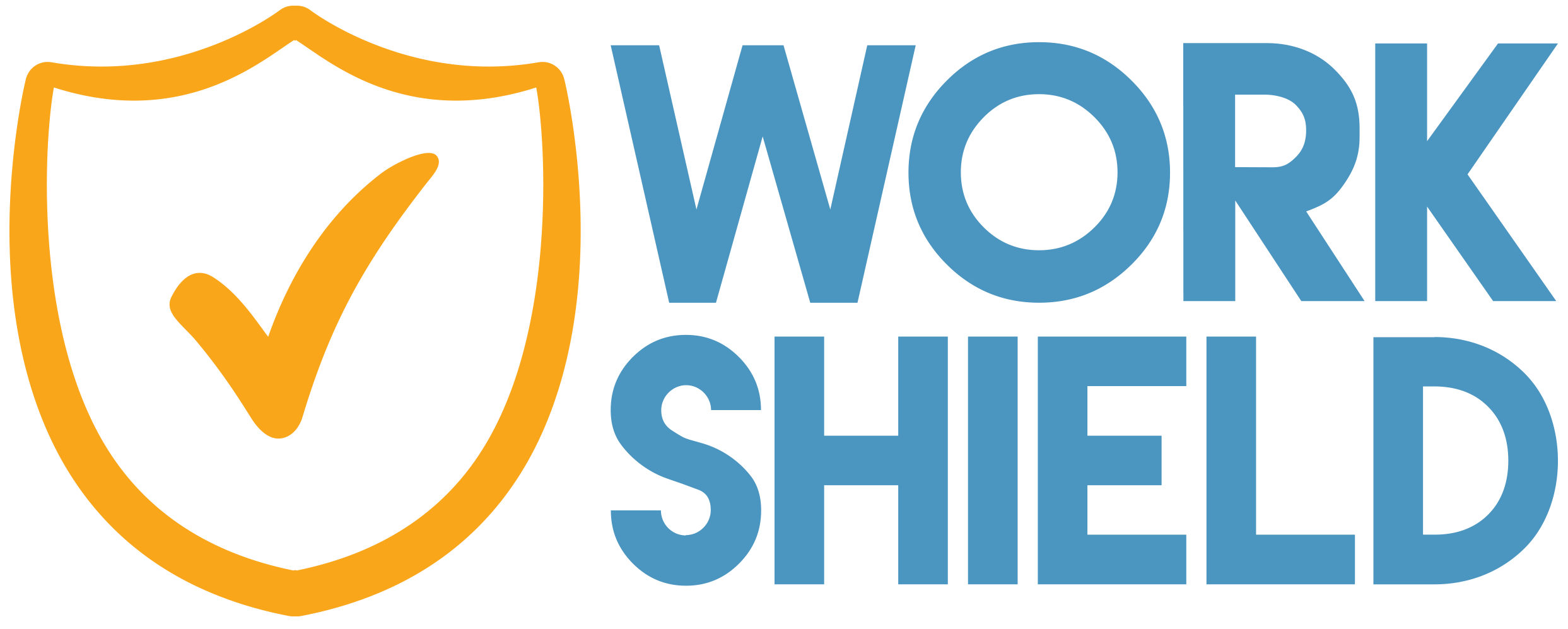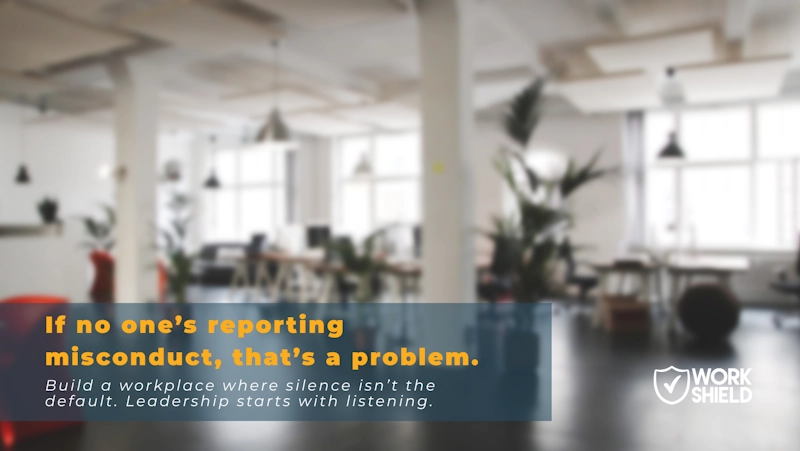Employees are most effective in the workplace when there is a level of mutual respect and cohesiveness within the organization, creating a healthy work environment that drives morale and productivity. A recent study from Gallup found that organizations with a highly engaged workforce have 21% higher profitability and 17% higher productivity than organizations with a disengaged workforce. While a healthy work environment can improve employee participation, engagement and the organization’s bottom line, it can quickly be disrupted due to misconduct in the workplace, sending a ripple effect throughout the rest of the business. In order to help prevent this, we’re discussing ways to detect and effectively manage misconduct in the workplace.
Definition
Workplace misconduct is defined as inappropriate and disruptive employee behavior that is not consistent with basic professional expectations and organization policy. Workplace misconduct can further be defined by two categories: gross and general. General misconduct, also called simple misconduct, is usually unintentional with limited effects on other people. It is often not malicious and presents an opportunity for the employee to improve, while not warranting a dismissal. Gross misconduct is often illegal or involves actions that threaten the safety, health and reputation of a organization or its employees and is cause for disciplinary action, including termination.
General Misconduct
General misconduct includes a wide range of behaviors that can create risks for employees and employers, including chronic tardiness or absences, gossiping, submitting incomplete work, not following orders of a supervisor, rude comments to coworkers, safety violations and bullying, which according to the 2021 U.S Workplace Bullying Survey, accounted for over 30% of reported workplace misconduct. Since general misconduct can at times be classified as unintentional, documentation of the incident should be recorded, and supervisors should monitor for future behaviors.
Gross Misconduct
Unlike general misconduct, gross misconduct is defined as an employee act that is often illegal and serious enough to warrant immediate termination. Some examples include damage to property, theft and fraud, breach of safety protocol, drug and alcohol use, sexual harassment or assault and making violent threats. Due to the severity of the disciplinary action, it’s important for employers to follow organizational reporting and investigation protocol, document action steps and reference the organization’s policy for gross misconduct dismissal. Overall, employers should proceed with caution to ensure a fair and thorough process.
Lack of Reporting Misconduct
A recent report from Gartner, Inc. found that only 41% of observed misconduct at work is reported, primarily due to fear of retaliation. According to the EEOC, retaliation can take many forms in the workplace, including increased scrutiny, verbal or physical abuse, negative performance evaluations and more. Gartner’s report also found that 68% of employees make statements about observations of misconduct to their direct manager instead of following proper reporting protocol, which means that those in charge of ensuring proper reporting procedures are only handling a fraction of the misconduct incidents. This lack of visibility and reporting presents a danger to leadership and management, as they may be less aware of the extent of workplace misconduct that is occurring and unable to take appropriate action at the leadership level.
In addition to the lack of reporting, research has found that one in three employees are unaware of their organization’s anonymous reporting systems. The study showed that organizations where reporting programs were flawed or nonexistent only saw 33% reporting rates from employees, while organizations with effective ethics and compliance programs in place saw a significant increase in reporting rates with 84% of employees reporting misconduct.
Managing Misconduct
In order to foster a safe and healthy work environment, organizations must effectively manage and resolve issues of misconduct. Failure to do so can result in a variety of negative outcomes for a business, including decreased employee morale and the possibility of costly lawsuits. In order to prevent this, organizations should develop a disciplinary policy that details the consequences for misconduct within the organization, as well as the progressive steps that will be taken in the process and the grounds for immediate termination. The policy should be easily accessible to all employees to reference and revisited yearly for review and any necessary updates.
While disciplinary policy provides employees with information regarding how the organization handles misconduct, it’s also important that organizations provide a clear process for reporting employee misconduct and effectively communicate that process to employees regularly.
Work Shield creates a safe place for employees to report workplace misconduct and be heard without fear of retaliation. Through our third-party team of legal professionals, we investigate each incident impartially to reach an effective resolution, while also providing peace of mind to employers that their employees are protected. For more information, visit the Work Shield Website.
About Travis Foster
Travis heads up Work Shield’s legal department and is known to be something of a jack of all trades – he is an experienced entrepreneur, as well as an attorney with a mechanical engineering background who designed and managed projects in both the energy and public utilities industries. Travis also contributes his wealth of capital knowledge and growth strategies for businesses to the Work Shield team.
Follow him on LinkedIn.





